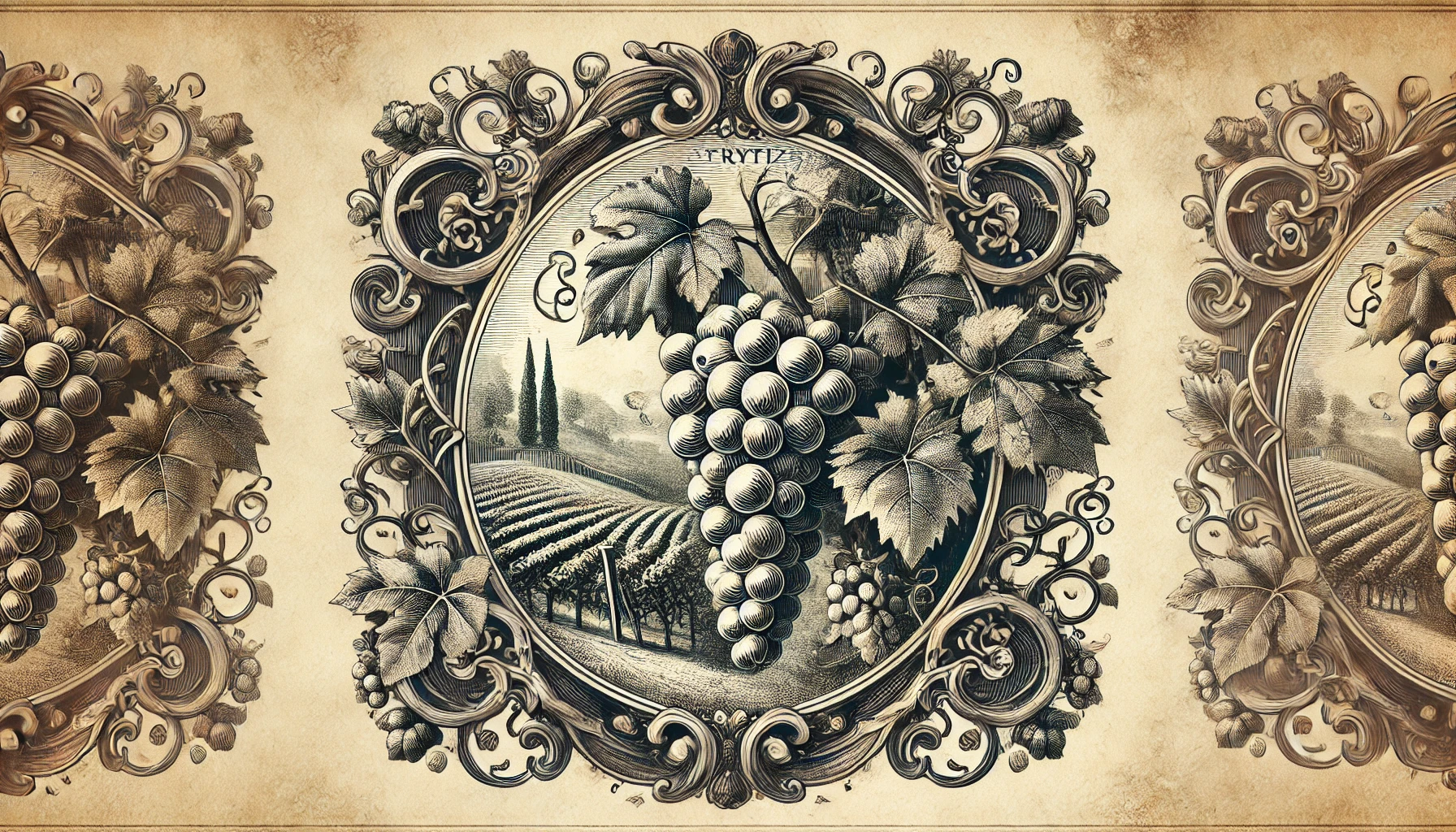
Botrytized wines come from grapes affected by Botrytis cinerea, commonly known as “noble rot.” This fungus affects ripe grapes in specific conditions, usually warm days and cool, humid nights. Noble rot dehydrates the grapes, concentrating their sugars and flavors. The result is a rich, sweet wine with complex aromas and flavors.
Botrytized wines are famous for their intense sweetness balanced by bright acidity. The high sugar content in botrytized grapes creates wines that age beautifully. Over time, they develop layers of honey, apricot, caramel, and spice. Sauternes from Bordeaux and Tokaji from Hungary are classic examples. These regions have climates that support noble rot, allowing consistent production of botrytized wines each year.
The Winemaking Process For Botrytized Wines Is Labor-intensive
Winemakers often handpick the grapes, selecting only those affected by noble rot. Harvests may require multiple passes through the vineyard since botrytis affects grapes unevenly. This selective picking increases labor and time, which contributes to the premium price of botrytized wines.
Once harvested, botrytized grapes undergo careful pressing to extract their thick, sweet juice. Fermentation can take longer than in dry wines because the high sugar levels slow down yeast activity. The result is a wine with intense flavors, lush sweetness, and balancing acidity. These wines are typically enjoyed as dessert wines due to their sweetness and rich mouthfeel.
Botrytized wines pair beautifully with rich foods. They complement blue cheese, foie gras, and desserts with caramel or fruit. Due to their high sugar and acidity, they can age for decades. With time, they develop more complexity, evolving into layered, opulent wines with unmatched depth.
These wines are rare and precious, a result of nature’s unique process and the winemaker’s skill. Botrytized wines celebrate the balance of sweetness, acidity, and texture, delivering a luxurious, memorable experience.
Curious about more wine terms and insights? Visit our Wine Wiki section and explore the basic wine terms for expert definitions and tips!